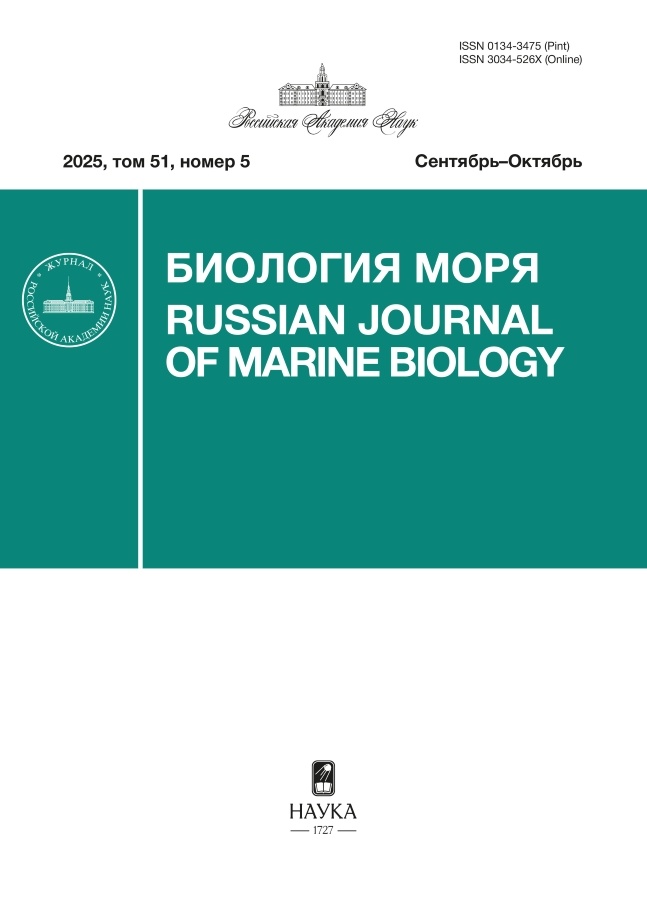This review presents current information on the diversity of bacterial enzyme systems involved in the aerobic and anaerobic oxidation of aliphatic and aromatic hydrocarbons in oil. It is shown that the most common hydrocarbon-oxidizing microorganisms in the marine environment include bacteria of the genera Mycobacterium, Brevibacterium, Nocardia, Corynebacterium, Rhodococcus, and Arthrobacter, which are usually isolated from areas with severe oil pollution. Alcanivorax, Acinetobacter, Achromobacter, Bacterium, Bacillus, Micrococcus, Pseudomonas, Pseudoalteromonas, Psychrobacter, Marinobacter, Marinomonas, Halomonas, Oleispira, Thalassolituus, Oleiphilus, and Shewanella are often mentioned among marine oil oxidizers. Information continues to appear on bacterial taxa for which hydrocarbon-oxidizing activity is described for the first time. Currently, most studies in this area focused on either to areas of chronic petroleum hydrocarbon pollution or to poorly studied areas, including deep-sea sites. Of particular interest is the feasibility of using microbial potential for the bioremediation of oil-polluted water areas, especially under anaerobic conditions.
 239-251
239-251


 252-261
252-261


 262-267
262-267


 268-284
268-284


 285-292
285-292


 293-298
293-298











